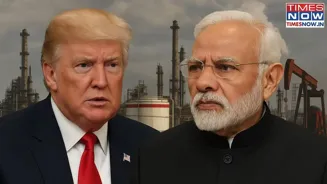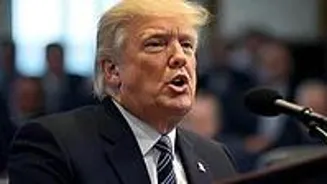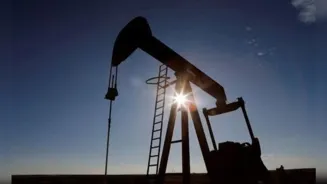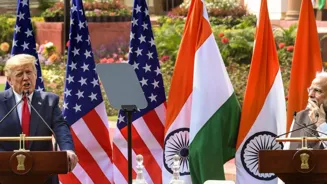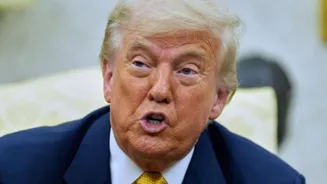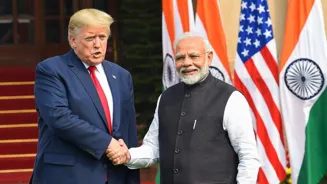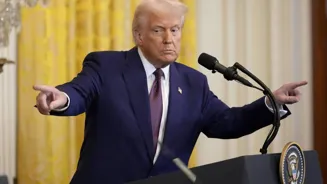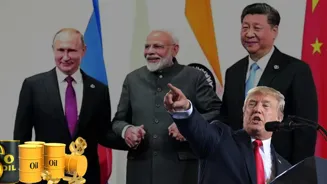Donald Trump has floated a new strategy in his global trade war, one that he has dubbed "secondary tariffs." The US president wants to penalise India for
continuing oil imports from Russia, not through direct sanctions, but by making Indian exports to the US more expensive. In a two-part offensive, Trump first announced a 25 per cent tariff on all Indian imports, then days later, another 25 per cent duty on top of it, taking the total to 50 per cent. Tariffs are paid by importers, not exporters. That means when American companies buy goods from India, they’ll now have to pay more, up to 50% extra in taxes on many Indian products. This makes Indian goods more expensive in the US market. So while India doesn't lose money directly, US exporters may shift to cheaper alternatives from countries like Vietnam, South Korea, or Indonesia, which face lower US tariffs (15–20%). The tactic is aimed at pressuring countries to sever ties with US opponents (in this case Russia) and borrows heavily from the playbook of secondary sanctions, reflecting Washington's broader strategy to isolate Moscow by squeezing its partners. For India, the message is clear: choose between cheap Russian oil or continued access to the American market.
What are secondary tariffs?
The fundamental principle of "secondary tariffs" involves using trade penalties against one country to exert pressure or influence upon another country. This approach shares similarities with secondary sanctions mechanisms, and sanctions to make its main or primary sanctions more effective, Bloomberg analysed.
While primary sanctions enforce rules that directly stop American companies and people from doing business with certain countries, secondary sanctions apply to people, companies, or banks in countries outside the US, provided they're doing business with someone already under US sanctions. Even though these deals happen outside American borders, the US still tries to stop them, according to the report.
In that sense, the move is a pressure tactic as Trump aims to stop India from buying oil from Russia, which would cut off its energy income - a major source of funding for its war against Ukraine.
Also Read: Trump’s First Tranche of Tariffs Kicks In Today: How It Will Impact India – EXPLAINED
Even when he announced the move, Trump said that India has always bought a vast majority of their military equipment from Russia and is the country's largest buyer of energy, along with China. At a time when the world wants Russia to stop the war in Ukraine, such actions are "not good," he argued, justifying the proposed tariffs as a way to make India pay.
What is odd however, is that Trump is singling out India, even though countries like China and Turkey continue to import oil from Russia.
In response, New Delhi said that targeting India is "unjustified and unreasonable" and highlighted both the United States and the European Union's (EU) hypocrisy for criticising India while maintaining, and even expanding, their own lucrative trade with Russia.
The tariffs will come into effect from August 27.
